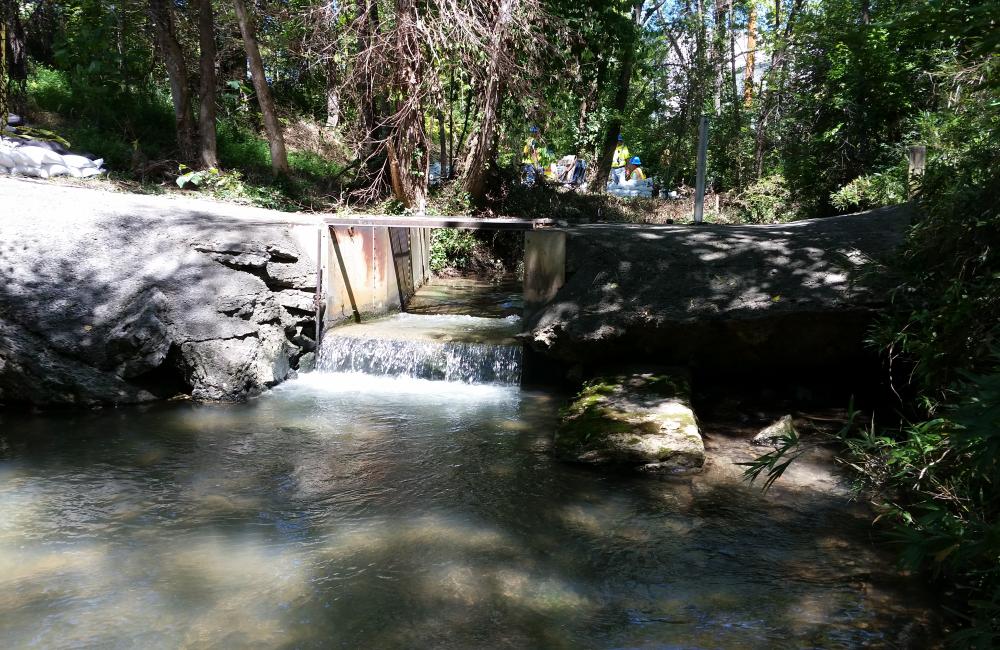April 5, 2016 – Fish communities recovering from environmental disturbances could potentially face obstacles presented by road culverts and equipment used to monitor water quality, according to an Oak Ridge National Laboratory study conducted over two decades. Researchers Ryan McManamay and Robert Jett led a study to assess progress in recovering fish communities, tracking indicators such as swimming ability, species diversity and life-span following conservation efforts within the White Oak Creek watershed on the Oak Ridge Reservation. The team found environmental monitoring structures installed to monitor water quality often prevent fish species from full recovery. “We found that in-stream barriers, despite serving important purposes, often fragment aquatic migratory corridors and limit fish populations and communities,” said McManamay, an aquatic ecologist. Their study, "Dispersal limitations on fish community recovery following long-term water quality remediation," was published recently in the journal Hydrobiologia.
A barrier, or weir, near 5th Creek Road on the Oak Ridge Reservation used to measure discharge on White Oak Creek acted as a barrier (unintentional) to fish passage. Due to age and failure the structure was removed in the fall of 2015.
Topic:


